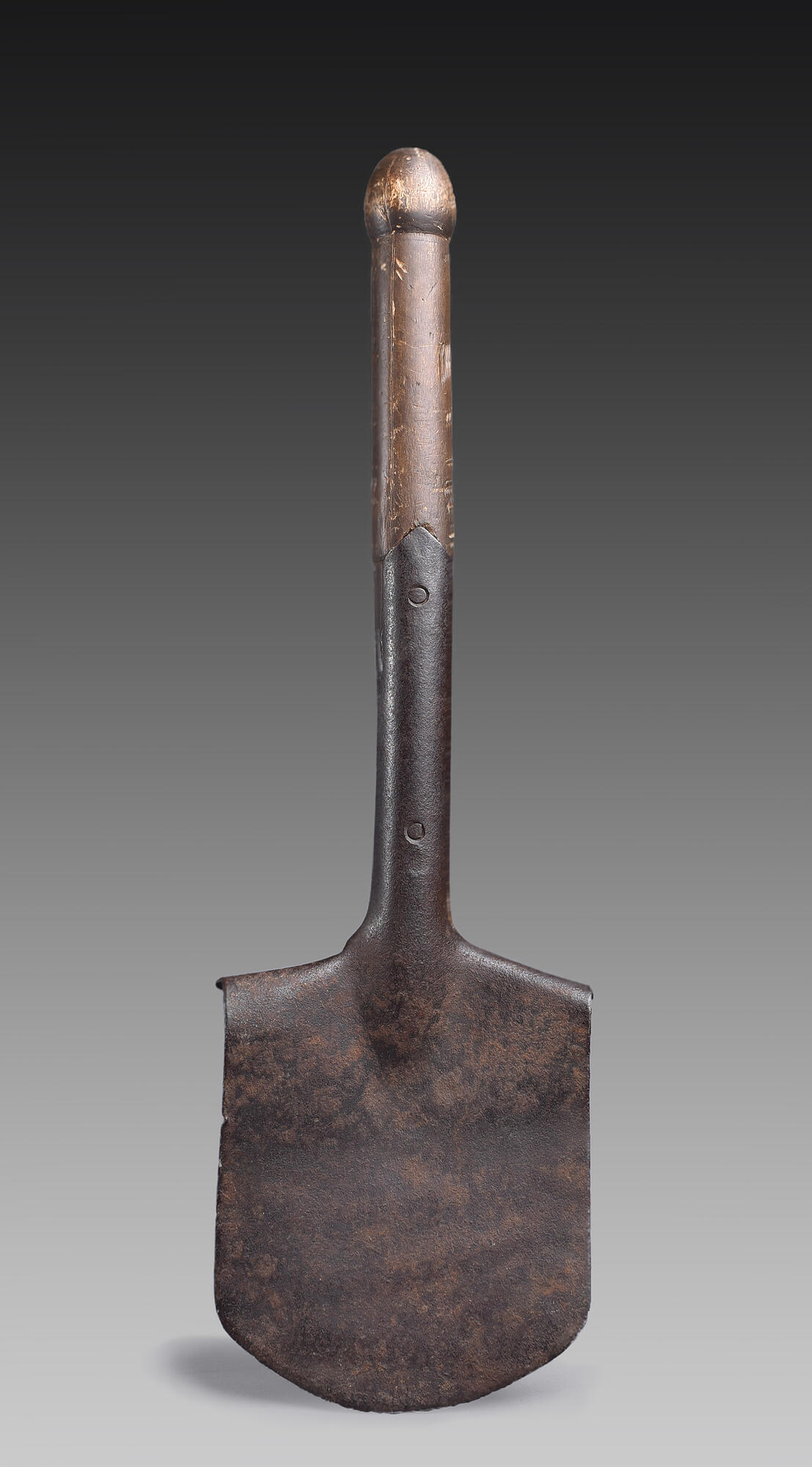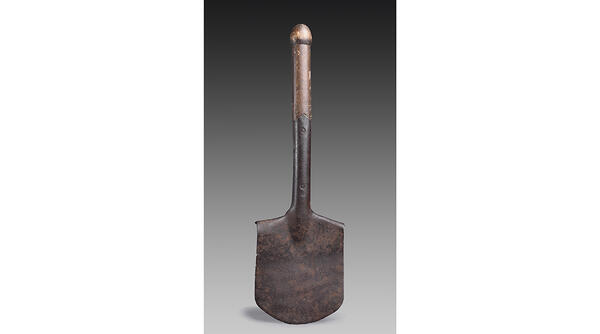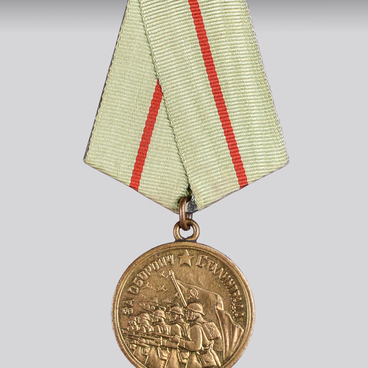A small sapper infantry shovel was patented in 1870 by a Danish engineer, officer Mads Linnemann. He suggested equipping the personnel of the infantry of the armed forces with a universal tool, which was simultaneously a shovel, a saw, a knife and a frying pan. However, the Danish military department adopted a simplified version of the shovel for supply. This did not bring a lot of money to the inventor, since they ordered few shovels. Therefore, in 1871, he started his own production in Austria, whose armed forces were more numerous. The only state that paid for the use of Linnemann’s patented invention was Russia.
Each infantry unit of the Armed Forces of the Russian Empire had 80 small shovels and 20 axes. Cavalry officers attached the shovel with side and lower straps to the front pack of the saddle on its right side.
In the Workers 'and Peasants' Red Army, the small sapper infantry shovel became a trenching tool for privates and sergeants during the Great Patriotic War. It was intended for digging a single trench, including while being under enemy fire. The shovel was also an important engineering tool. It was used to overcome obstacles on the battlefield, as well as a cold weapon during hand-to-hand combat.
‘Shantzevye’ tools (from the German word ‘Schanze’ meaning ‘trench, fortification’) were hand tools that soldiers used to work in the field. They were used to fortify positions dig trenches, build earthen embankments — bulwarks, and break down barriers.
The small infantry shovel was also called ‘the sapper shovel’ or ‘the saperka’. As a rule, this tool was used when lying down, kneeling, or sitting. When starting work, the shovel was plunged into the ground with the angle of a steel trough at a slight incline to cut small roots in the soil.
Both edges of the steel blade were sharpened. The shank of an infantry shovel was made of hardwood and was not dyed. Sometimes soldiers attached a strap or cord to the handle of a shovel so as not to lose it.
In combat, the soldier carried a small shovel, hanging it in a special case on the back of his left thigh. In battle, the shoulder blade was often simply tucked into the waist belt to make it easier to reach under enemy fire, for example, for use in hand-to-hand combat.
Each infantry unit of the Armed Forces of the Russian Empire had 80 small shovels and 20 axes. Cavalry officers attached the shovel with side and lower straps to the front pack of the saddle on its right side.
In the Workers 'and Peasants' Red Army, the small sapper infantry shovel became a trenching tool for privates and sergeants during the Great Patriotic War. It was intended for digging a single trench, including while being under enemy fire. The shovel was also an important engineering tool. It was used to overcome obstacles on the battlefield, as well as a cold weapon during hand-to-hand combat.
‘Shantzevye’ tools (from the German word ‘Schanze’ meaning ‘trench, fortification’) were hand tools that soldiers used to work in the field. They were used to fortify positions dig trenches, build earthen embankments — bulwarks, and break down barriers.
The small infantry shovel was also called ‘the sapper shovel’ or ‘the saperka’. As a rule, this tool was used when lying down, kneeling, or sitting. When starting work, the shovel was plunged into the ground with the angle of a steel trough at a slight incline to cut small roots in the soil.
Both edges of the steel blade were sharpened. The shank of an infantry shovel was made of hardwood and was not dyed. Sometimes soldiers attached a strap or cord to the handle of a shovel so as not to lose it.
In combat, the soldier carried a small shovel, hanging it in a special case on the back of his left thigh. In battle, the shoulder blade was often simply tucked into the waist belt to make it easier to reach under enemy fire, for example, for use in hand-to-hand combat.



